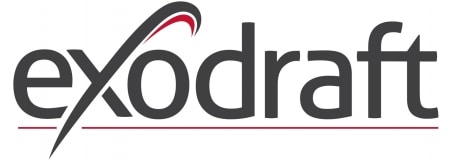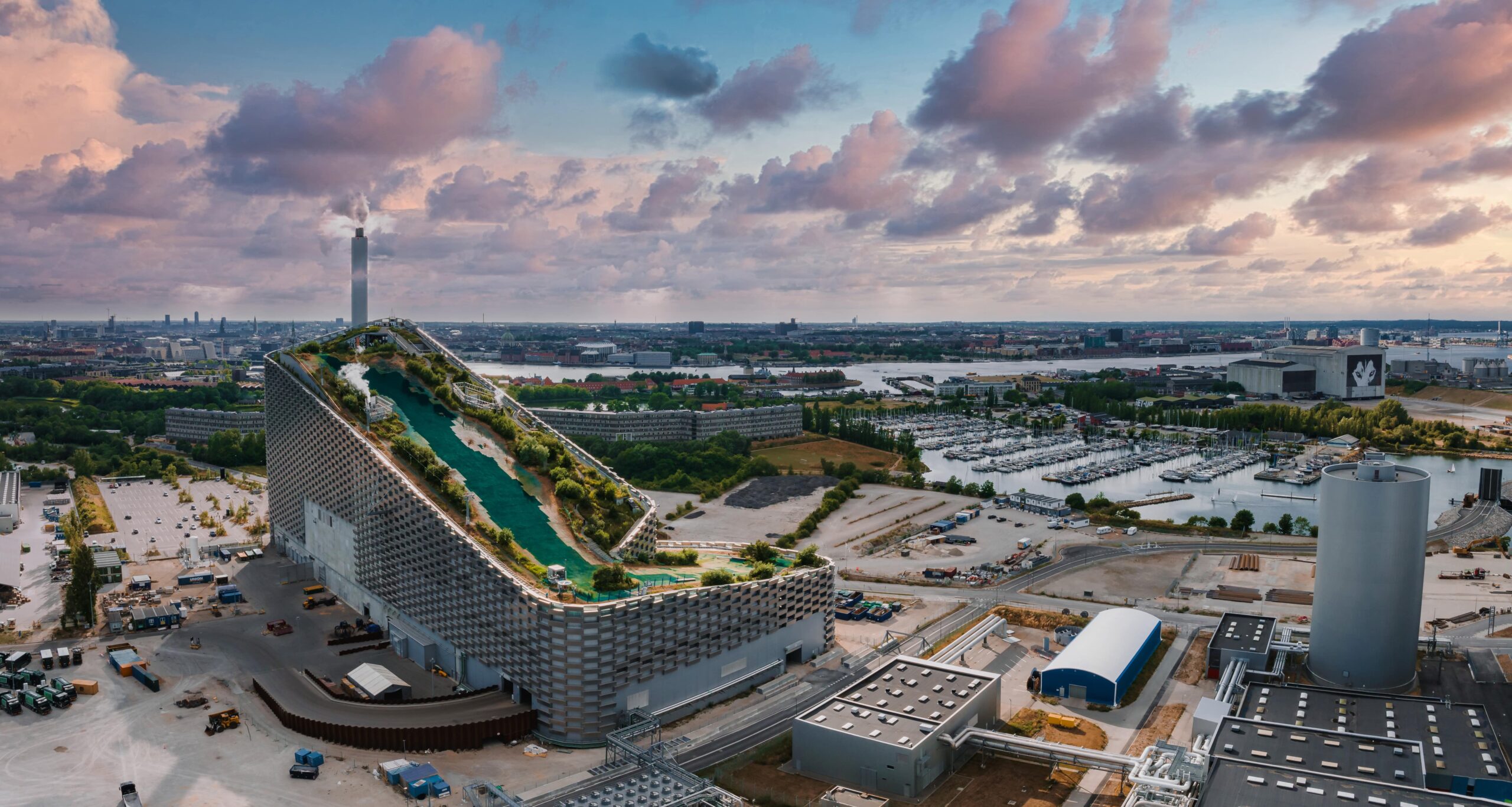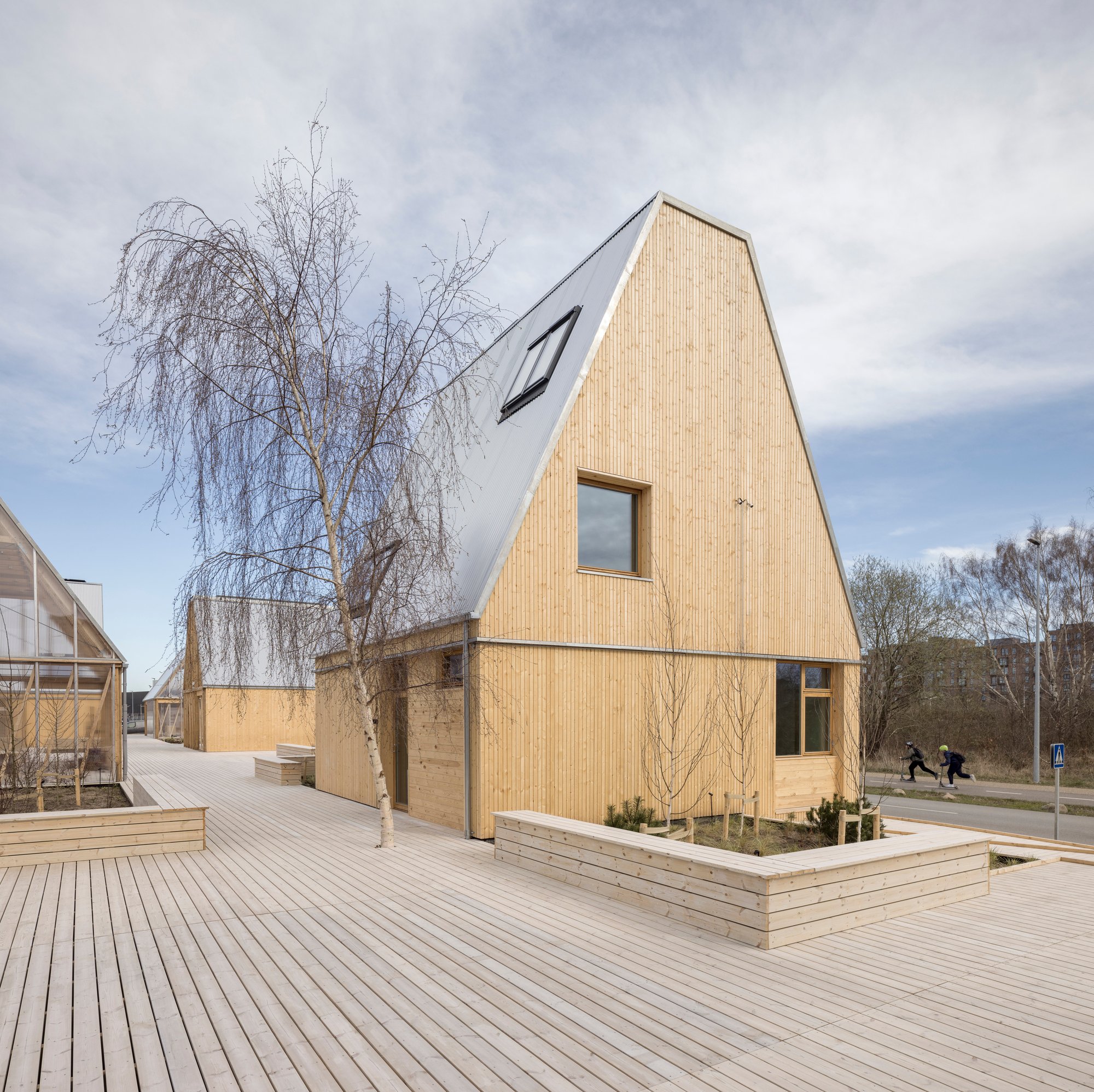News
Air pollution
CHP
District heating
+5
Heat recovery from aerosol can production


This is why during the planning stage of the new printing line in Schifferstadt, Staehle took exhaust heat recovery into account. The process of printing on the thin aluminum plates that the aerosol cans are subsequently made of results in gasses, which need to be treated. This is why the gasses are passed through a 600-degree thermal post-combustion which renders them safe to release into the environment.
Staehle wanted to use the high exhaust gas temperatures from the post-combustion and turn it into hot water to supply the warehouse heating system.
exodraft was chosen as the supplier of the complete chimney system including exhaust heat recovery for the new printing line.
According to Mr. Mark Oliver, Staehle CEO, the reason that Staehle chose exodraft as the supplier, was that exodraft was able to offer the most compact and efficient heat recovery unit on the market as a turn-key solution.
The project was realized in 2016, together with the general contractor, heating engineers, electricians, and chimney builders. The system was customized and designed to be incorporated in the production process.
A high degree of flexibility and communication guaranteed that the integration between the building and the production line through chimney and heat exchanger technologies could be realized in a timely manner. While commissioning the new plant, it was soon clear that the performance data promised in the offer from exodraft had been completely met if not exceeded.
The exodraft Opticalc calculation software, which has been certified externally by a university had prior to the installation been used to calculate the technical basics of the exhaust gas flow and the hot water circuit, which established the framework parameters for the resulting energy output and Return-On-Investment calculation.
The accumulated recovered energy from the exhaust gasses can be monitored continuously on screen display.
Since October 2016, Staehle has been heating their 7,500m² warehouse with an exhaust heat recovery system keeping heating cost at a minimum, thereby not only protecting the environment but also combating rising heating costs.
Visit our website for more information regarding exhaust heat recovery.
You should consider reading
events
Carbon capture, storage and utilisation
+4
CCUS Study Tour to Denmark
25 April 2024solutions
Energy efficiency in buildings
+2
Living Places: Building low-carbon and more sustainable buildings
23 June 2023publications
Resource efficient production
+15















